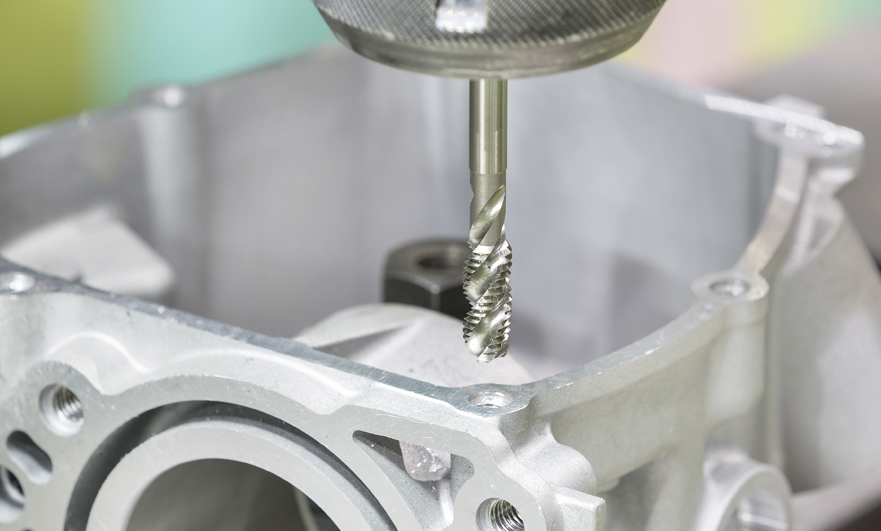15 years one-stop China custom CNC machining parts factory

Hey there I’m VMT Sam!
With 25 years of CNC machining experience we are committed to helping clients overcome 10000 complex part-processing challenges all to contribute to a better life through intelligent manufacturing. Contact us now
 158 |
Published by VMT at Oct 13 2021
158 |
Published by VMT at Oct 13 2021
Due to the need for energy saving and environmental protection, the lightweight of CNC auto parts has become an inevitable trend. There are also many ways to achieve lightweight cars, including three aspects: materials, structures and craftsmanship. The application of lightweight materials is the most basic and core method in the lightweighting of CNC auto parts, and has attracted extensive attention from the automotive industry. This article mainly describes the relevant knowledge of lightweight materials for CNC auto parts.
What are lightweight materials?
The lightweight of CNC auto parts is to reduce the quality of the car as much as possible under the premise of ensuring the strength and safety of the CNC auto parts, thereby improving the power of the CNC auto parts, reducing fuel consumption, and reducing exhaust pollution.

Lightweight material classification
The classification of lightweight materials for CNC auto parts can be distinguished from high-strength and low-density materials, as follows:
(1) High-strength steel:
This is a material with higher strength, lighter weight and lower cost than ordinary steel. Its function is to ensure the safety of vehicle collisions. Therefore, high-strength steel directly determines the lightweight level of CNC auto parts.
Application areas: structural CNC auto parts such as body, suspension, steering, chassis, etc.
(2) Aluminum alloy material:
This is a light-weight common metal material. Its main characteristics are: good extrusion, strong corrosion resistance, high strength, recyclability, etc.
Application areas: appearance CNC auto parts such as engine parts manufacturing, shell parts manufacturing, etc.
(3) Titanium alloy:
As a high-strength common material, it has high specific strength, corrosion resistance, low temperature toughness, high specific fracture toughness and good processing adaptability.
Application areas: automotive suspension springs and valve springs, engine valves and other high-strength anti-oxidation parts.
(4) Magnesium alloy
Magnesium alloy can reduce the weight of the vehicle, with better strength than aluminum alloy and steel, has a good damping system, and improves the safety and comfort of CNC auto parts.
Application areas: instrument panel frames and beams, seat frames, steering wheels, intake manifolds, etc.
(5) Plastics and composite materials
The main function of this type of material is to reduce production costs and reduce the weight of CNC auto parts, mainly including: PP, Pe, PEL, PUR.
Application areas: automobile dashboards, door inner panels, bumpers, wheel covers, engine intake pipes, etc.
Summarize:
Common lightweight materials for CNC auto parts are divided into two camps: metal and non-metal. Metallic materials mainly include high-strength steel, aluminum alloy, magnesium alloy, etc.; non-metallic materials include engineering plastics and composite materials. These new materials will encounter a variety of problems in practical applications. For example, the safety, comfort, power, handling, and economy of the car after replacing the materials will often change and need to be re-examined.
Ready To Start Your Next Project?
Get Instant Quote

Request a Free Quote
Send us a message if you have any questions or request a quote. We will get back to you ASAP!